 The City of London
The City of London
An incredible treasure trove
I love to go up to the City. That’s the City of London with a capital C as opposed to the rest of town outside the traditional Square Mile designated by the old Roman walls. The City can be found easily through the postcode (the numbers and letters on the end of an address) and anything staring with EC e.g. EC1, EC2, EC3 & EC4 all count. The E stands for East and you cannot miss it. You will know you are there because it is the traditional financial district and visitors will notice lots of formally dressed workers.
It is the oldest part of London and is full of tradition and history. As a former ‘City’ worker, I was always fascinated by its nooks and crannies that once you scratched you could always come up with something extraordinary. I am not talking particularly about the obvious tourist hot spots like St. Pauls or the Tower of London – the places that are teeming with tourists nearly all year round. For example, just up from the Tower you can find All Hallows by the Tower the oldest church in London, predating William the Conquerors pious purges by almost 400 years. St. Botolph Aldgate, St. Helens Bishopsgate and St. Andrew Undershaft all have marvellous stories. If churches are not your thing there are loads of other things to tempt the avid history buff – the Livery Companies, the pubs, the coffee houses (I mean the first ones), the markets and even the street names have a vibrant and compelling story to tell.
Don’t just take my word for it. If you are staying in Westminster (a borough next to the City) as 80% of visitors who come to London do just make the short trip to the City and get into the ECs if you want to immerse yourself in some special. Take a tube to the Bank Station, Liverpool Street, Tower Hill or any of the other ‘undergrounds’ within the City walls and be prepared to be amazed.
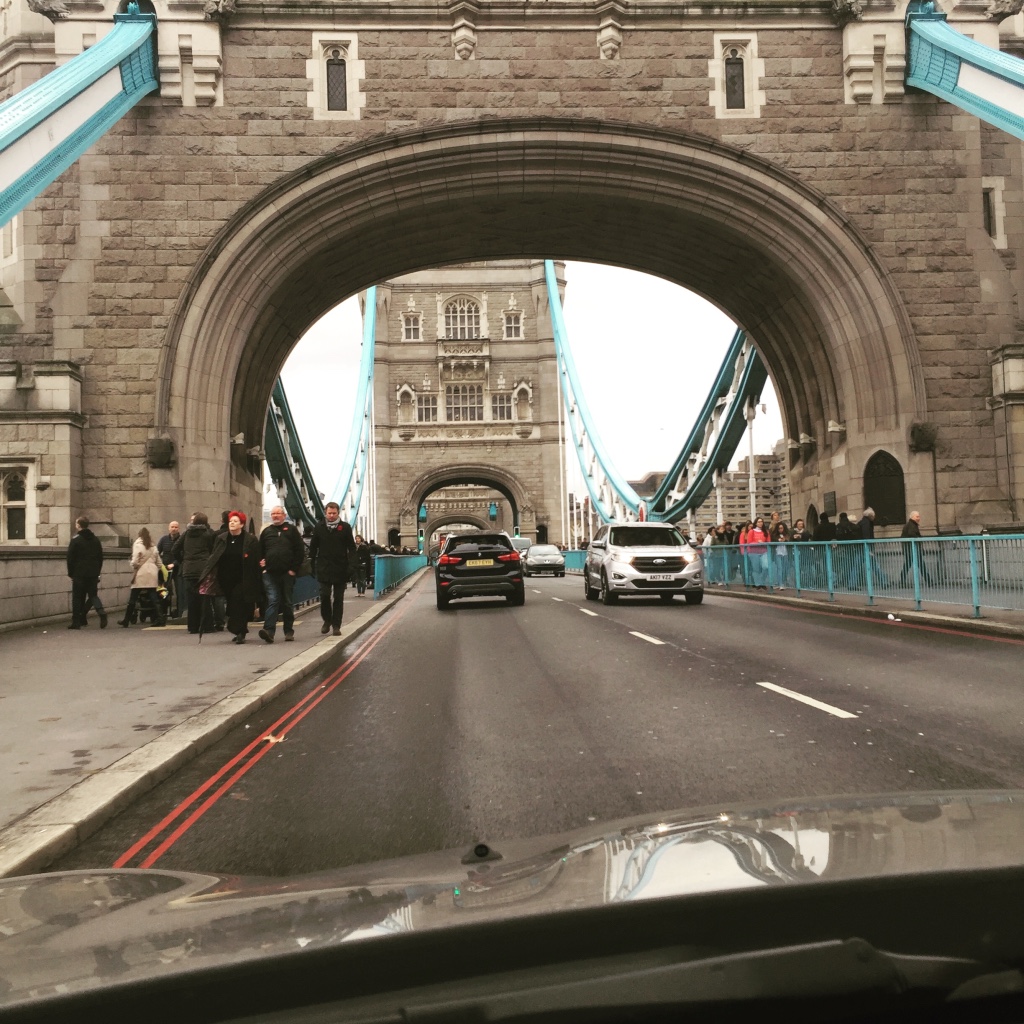
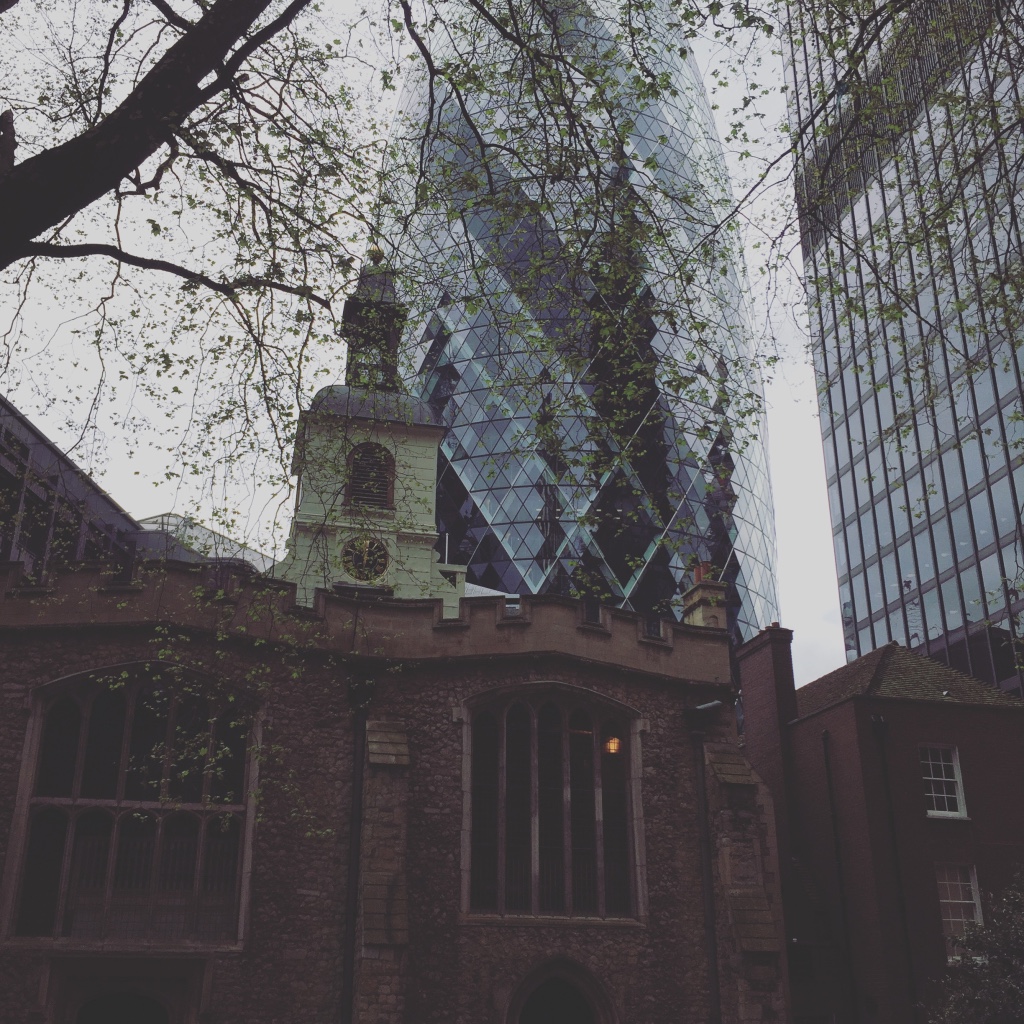
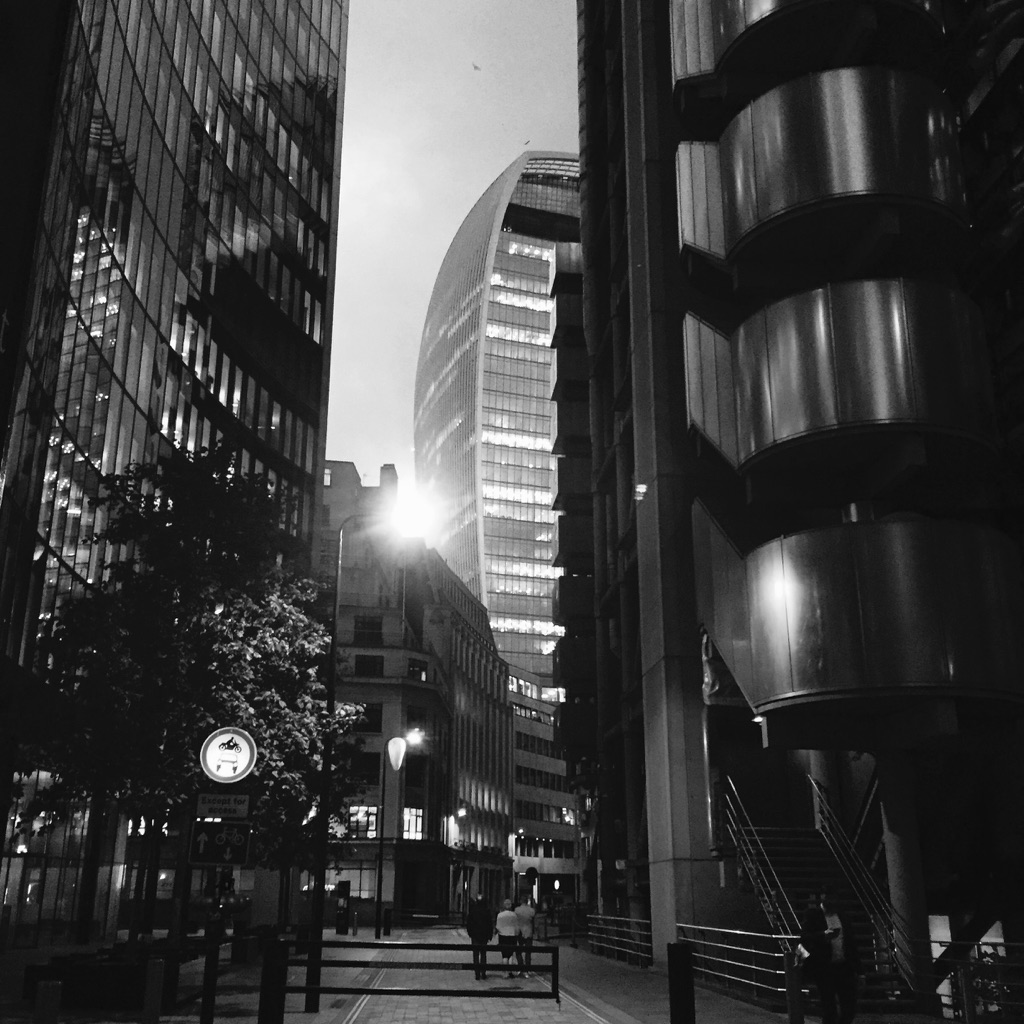

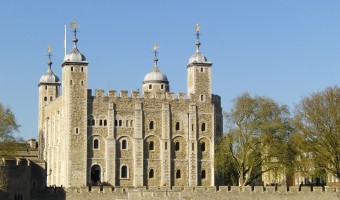
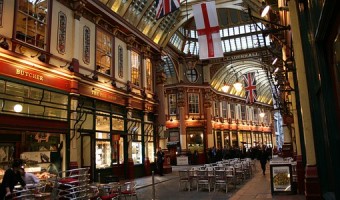
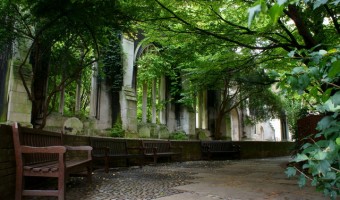
 Load more triptoids
Load more triptoids